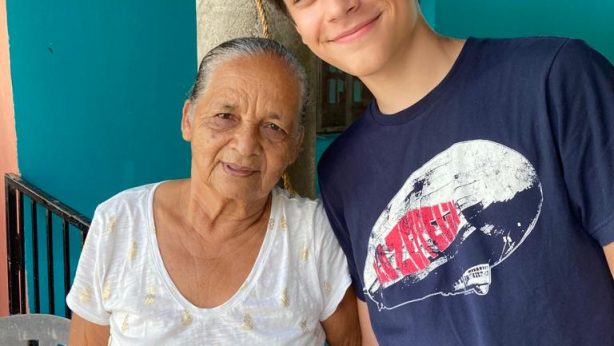The Forgotten Crisis
Eyes that so quickly turned to the U.S. border during the height of this summer’s migration crisis have just as quickly turned away as the number of migrants heading north dwindles. With focus on other concerns across the globe, the fate of Central American migrants has become news of the past.
The movement into Mexico and the United States has declined dramatically since its peak in June. Numbers of young unaccompanied Central Americans detained at the border recently dropped by 70 percent. The summer heat, tougher restrictions at the Mexican border, public arrests of coyotes (smugglers), and other actions on immigration are said to contribute to the decline.
One deterrent that has gained less public attention is the multimedia crusade released in Central America. The Dangers Awareness Campaign, discussed by the U.S. Customs and Border Protection (CBP) Commissioner, issued over 174 press interviews and 67,000 radio and TV spots in Honduras, Guatemala and El Salvador, cautioning the environmental hazards, risks of assault, and other perils associated with journeying north.
As part of the multimedia campaign, a video released in Central America by the CBP Office of Public Affairs follows a young man who never survives his trip north. The piece concludes Ellos son nuestro futuro: Protejámonoslos. This message They are our future: Let’s protect them, conveys to prospective migrants and their families that the expedition is not worth the risk.
As many of the migrants who were unsuccessful now return to their homes, they encounter the same conditions that initially compelled them to leave.
Rampant gang activity has yet to cease in the urban areas of Honduras. As Slate Journalist Josh Vorhees notes, many deportees and children who were unable to leave must “decide between how they want to die, either at the hands of a gang they refuse to join, or at the hands of one of its rivals or the police if they do.” Moreover, the vast majority of Hondurans still face widespread unemployment and poverty, the predominant driver to seek out new lives in the U.S.
The U.S., Mexico, and Central American nations need to identify and implement sustainable solutions to foster economic opportunity and more secure living conditions for these and all individuals in Central America. For Hondurans, this will mean a sense of place in their own communities, and an opportunity to bring families together on their home soil.


